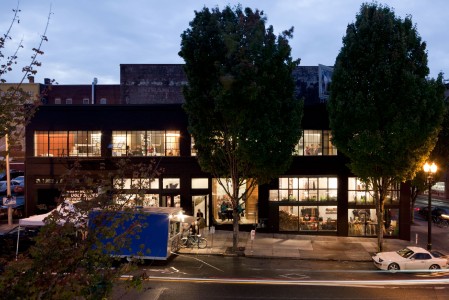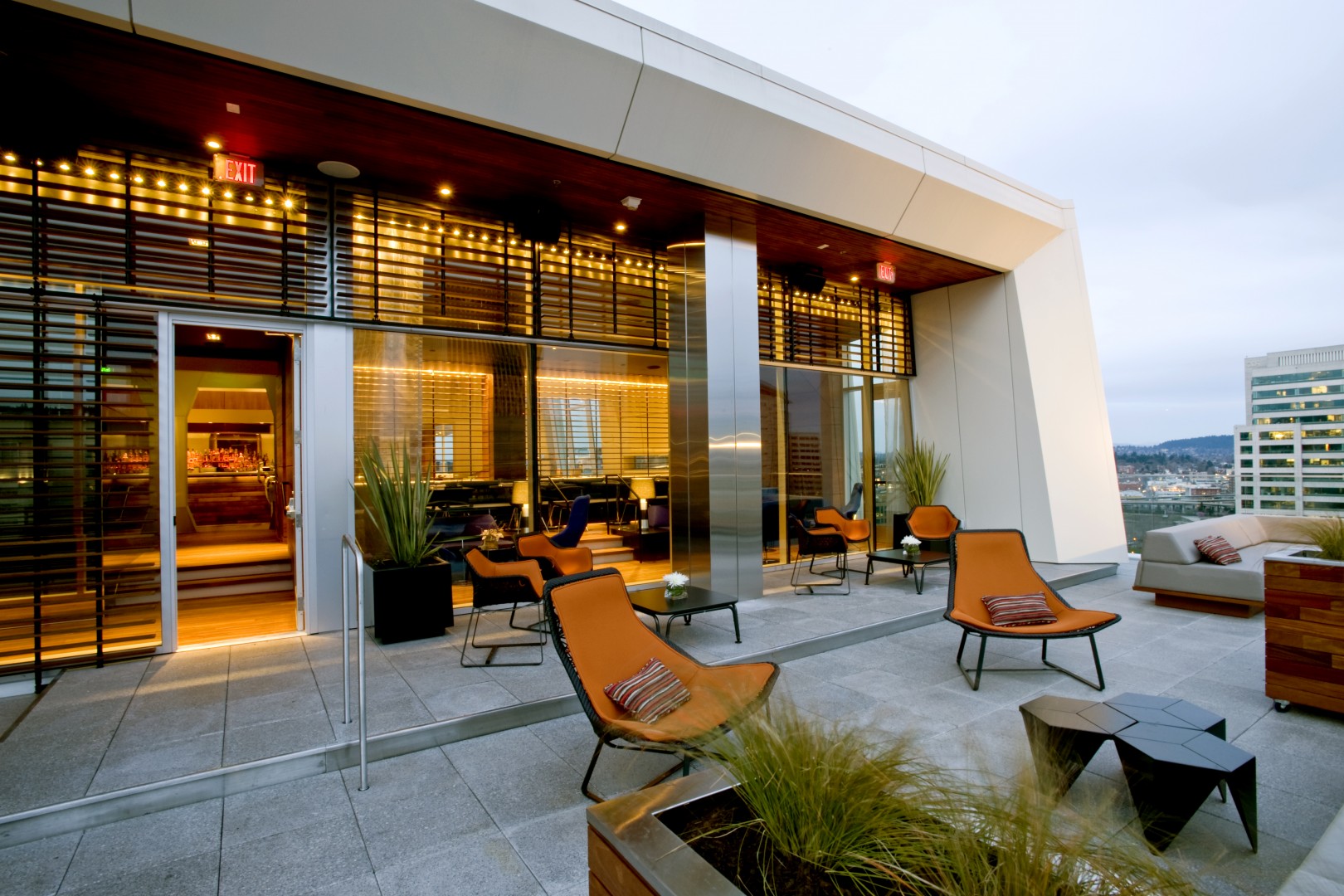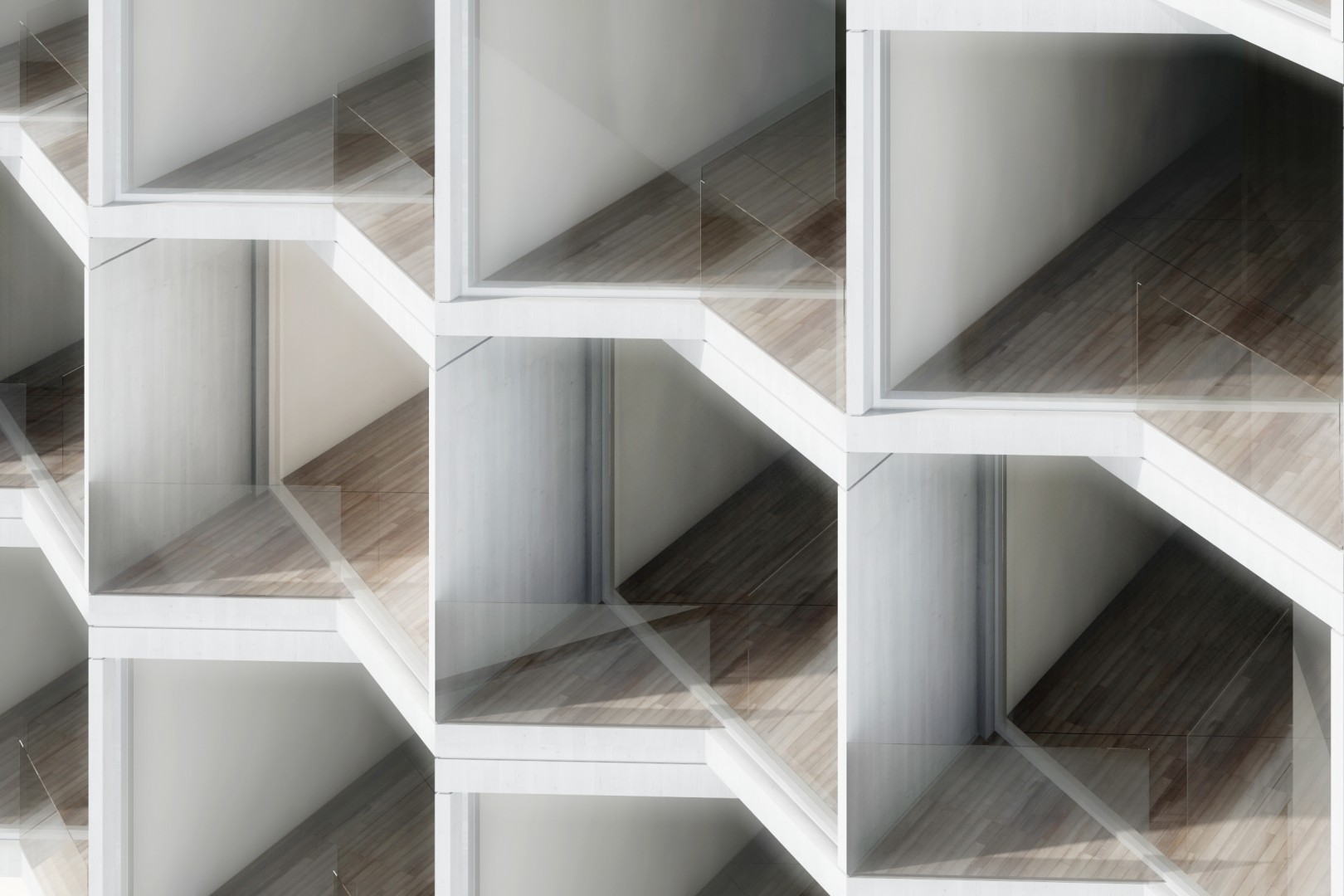Bonsai artist and educator William N. Valavanis is the proprietor of the International Bonsai Arboretum in Rochester, New York. The horticultural and artistic training techniques for classical bonsai are clearly demonstrated from the propagation bench to the developed masterpieces in an unusual garden.
Collaborator: Skylab Architecture
Daniel Meyers is Design Director at Skylab Architecture, our partner in designing and developing The Artisans Cup exhibition experience. He’s an Architect, but his experience hasn’t been limited to Architecture. He’s spent a significant percentage of his career as a Creative Director in the Agency world, leading teams working in architecture and interiors, exhibition design, immersive digital environments, urban planning and industrial design, retail, and advertising. We’re thrilled to be working with Daniel and the rest of the team at Skylab in creating a stunning and memorable experience for The Artisans Cup. We asked him a few questions about his background and process, as well as how the art of Bonsai has influenced and inspired him. Here’s what he had to say.
What do you do?
I’m really fortunate to do what I do, and work with this incredibly talented team. I work with people that shape contemporary places and create narrative environments. Our practice is pretty omnivorous – we’re interested in any project that presents the opportunity to make an experience of unique quality and character for people, and allows us to contribute to cultural discourse in our own small way. As a result we wear a lot of hats!
How did you get started?
I didn’t know it at the time, but I got started in design when I was a kid; I obsessively drew all kinds of machines, took apart every mechanical object in my house, made needless repairs and alterations to my cars, painted and sculpted, played music, wrote. Eventually, I went to grad school for architecture in my late 20’s. In the interim period I had served in the Navy, trained and then practiced as a guitar maker, took an undergraduate degree in Medieval English literature, and played in a bunch of mediocre art rock bands. It took me a really long time to put all the dots together, to realize that this schizophrenia was actually just design!
What excites you most about The Artisans Cup?
The Artisans Cup is a celebration of a stunning and venerable art form, but also an expression of the emerging and unique practice of American Bonsai. This balance between deep respect for a great tradition, and the optimism, courage, and rigor required to try something new, is something we always aspire to in our own work. It’s a real honor to be working in this context, and humbling to learn about all of the great artists practicing in this medium.
What initially drew you to The Artisans Cup? What made you want to partner with us?
We were drawn by several things: first the ridiculously talented and humble people involved in the Cup, second the trees themselves – these living compositions are so architectural! The art form itself, that way it’s being practiced by these emerging practitioners – it just floored us.
Who has had the biggest influence in your career (living or dead)?
I’ve been lucky to have the opportunity to intersect with a lot of great teachers and collaborators over the years, and of course I have my little list of favorite historical icons – but the honest answer is that my partner Traci Sym (who also happens to be Experience Design Director at Skylab and is also on the team working on the Artisans Cup) has been by far the biggest influence on me as a practitioner. Among other things, Traci is a trained actor, and her temporal, human-centered perspective on art and design has been, and continues to be, a revelation for a guy trained in a discipline that can sometimes be pretty old-fashioned.
Tell me about your creative process.
Tiptoeing along the ridge that separates the valleys of too much structure and too much freedom? Process is fluid, and evolves, so of course this question is always impossible to answer – but we try to exploit the opportunities that present themselves at the intersection of rigor and free expression. The path that gets us there is fluid, and depends a lot on the problem that we’ve been presented.
Where do you find inspiration?
We look to patterns in nature; we look to human behavior; we look to the sciences and to art. The world is overflowing with an embarrassing abundance of beauty, structure, incongruities, and serendipity. That, and Tumblr.
Does your work often involve collaboration? What’s your perspective on collaboration?
All creative work is collaborative, period. Individual artistic processes obviously flow from an individual’s unique and authentic experience of the world, and to some degree are therefore unique expressions. But to go from experiencing to expressing involves the contributions of other humans – even if only as receivers of the message – 100% of the time. Design even more so. Learning to dance the dance with others is what a life’s work in design is all about, and the joy of making things is amplified by doing it with a like-minded team.
Have the principles of the art of Bonsai influenced you since working with The Artisans Cup? How?
Leaning about Bonsai has been a really humbling and gratifying experience. The lessons embedded in the process of Bonsai – the conversation in time between the artist and the tree, the symbolic language of an art that speaks to our manipulation of nature in an age that is all about the nature-culture nexus – are intense. I’m not sure I understand fully just yet how this experience will shape our work to come, but I’m sure that it will.
Follow Daniel and Skylab Architecture on Instagram.
The Jury Review Process
It was a stressful eight weeks as we watched the inaugural Artisans Cup submission process play out. It was not for the faint of heart, but in the end I’m proud to say we had over 300 submissions! Thank you all for your commitment to this show and for being willing to put yourselves out there and share your wonderful trees with the world.
From June 18th-20th, Michael Hagedorn and myself hunkered down to go through each submission. For those who are curious, here is some insight into how the jury review process was conducted. All names and identifying information associated with the trees was omitted from the submissions the Jury reviewed. This was to remove bias from the process and give every submission an equal footing. Trees that were accepted for the inaugural Artisans Cup were reviewed based on the following considerations:
Craftsmanship
Artistry
Design execution
Quality as material
Quality as a bonsai
Maturity and development
Marriage of tree with its container (or lack thereof)
Species and diversity within the show
Representation of the highest level of bonsai currently being practiced in the U.S. today
We referred to the Artist’s Statement to understand each artist’s intent for the piece they submitted. As a member or the jury, I was very interested to know what each person intended to express through their creation and their reasons for valuing the tree they submitted. Interestingly, the Artist's Statement for a few trees really swayed us in deciding to accept them, as it gave us insight into the historical significance of the tree, and the artistic vision. Very moving!
We will notify tree owners on June 30th through a personalized email whether their trees were accepted to display this year. Then, we will announce the accepted trees publicly on July 1st. The first week in July, the revamped Artisans Cup website will launch and will list all tree exhibitors, as well as our vendors list and a slew of exciting info and content regarding the show. Transportation opportunities and arrangements for accepted trees will be announced in the coming weeks so all exhibitors wishing to transport their trees to Portland via the Artisans Cup trucks can make reservations and transportation plans.
Stay tuned for more updates! Thanks again to all who submitted.
Sincerely,
Ryan Neil
Collaborator: Trevor Orton
Trevor Orton is a Portland, OR-based content strategist, brand strategist, and copywriter. We partnered with Trevor from the very beginning, and he has since helped us establish the voice of The Artisans Cup as well as content elements, from our website to print materials to parts of the event itself. We wanted to ask him a few questions about how he works and how Bonsai has impacted him both personally and professionally. Here’s what he had to say.
What do you do?
My biggest passion is connecting dots between people or groups. When it comes to the extremely freighted concept of marketing, as a culture we’re all still kind of recovering from the Mad Men era of twisted words and empty promises. But I think there’s a better approach. No matter what your company or organization does, there are bound to be people out there who organically want or need what you offer (if not, you’re not going to be around long). So you don’t need to convince people who don’t need or want what you do – you just need to find the people who do. I see that as my challenge to take on: Helping organizations know who they are and who their audience is, and then making the connection.
How did you get started?
It’s kind of funny actually. I got a degree in writing, and also studied marketing in college. But then I ended up on a totally different career path for several years before getting fed up and deciding I wanted to get back to doing something I was passionate about. I quit my job as a Financial Rep and started Orton & Others, my content strategy business. I’ve spanned the spectrum from full-time agency life to full-time on my own, but I’ve never once regretted my decision to make the switch back into the creative industry.
What excites you most about The Artisans Cup?
Bonsai has an incredibly rich history, as do each of the individual trees themselves. I’m excited to see all these trees come together in a stunning display setting, within an environment that will educate and provide context to all that’s involved in the art form, and the philosophy behind it.
What initially drew you to The Artisans Cup? What made you want to partner with us?
The passion. The statement on the website – “The time has come for American Bonsai” – rings extremely true, and I got that impression from the very beginning. I was impressed with the sense of importance and urgency to create a lasting niche in the art canon for Bonsai. It’s thrilling to contribute to a project that is defined by that kind of passion.
Who has had the biggest influence in your career (living or dead)?
I’ve had a lot of wise, talented people influence me along the way. Friends who gave me advice; industry pros who helped me understand how to break in and find success; family and, of course, my incredible wife who supported me. But there’s one thing that has always stuck with me. In A Movable Feast, Ernest Hemingway reminded himself at one point, “Do not worry. You have always written before, and you will write now. All you have to do is write one true sentence. Write the truest sentence you know.” Anytime I feel stuck and wondering what’s next, I read that and it gives me the perspective to move forward.
Tell me about your creative process.
I ask a lot of questions!
Where do you find inspiration?
For someone whose primary creative focus is words and ideas, I’d say I’m more visual than most: I get a lot of inspiration from photography.
Does your work often involve collaboration? What’s your perspective on collaboration?
Absolutely. I’m almost always collaborating with someone. When working in the agency environment, no one person ever carries the entire burden of the work that’s being delivered. And the same is true when I’m working under my own brand, though it looks different. Sometimes I’m the one who won the project, and I need to find people to help me deliver what was promised. Other times, it’s someone else’s project and they’re inviting me in to add my input and perspective to the finished work. Either way, I couldn’t stand not collaborating. One of the main reasons I quit my job to go back into the creative industry was to work in a team setting on things that were bigger than myself or my paycheck.
Have the principles of the art of Bonsai influenced you since working with The Artisans Cup? How?
I don’t think it’s possible to encounter something like Bonsai and not be influenced by it. One of the byproducts of any art form (in my opinion) is that it raises questions of our humanity and position in the world around us. Bonsai, with its paradigm shift in perspectives on time and struggle and effort and form, is uniquely suited to present those questions to us. I think for me the biggest influence has been understanding how time and environment have shaped these trees and how they have endured and adapted through the struggle, determined to succeed. There’s not a person alive who can’t relate to that.
The base camp of American Bonsai and the ascent to The Artisans Cup
On a sunny autumn afternoon, hundreds of bonsai enthusiasts from across the country have gathered for a very special event. All the months of planning, the countless meetings, marketing strategies, and fundraising efforts have culminated in something the American Bonsai community has never seen before, a national venue for the display of American Bonsai created by the American Bonsai community.
Colin Lewis
As bonsai began to really take shape in Europe towards the late 90’s and early 2000’s, Colin Lewis was one of the major influential figures pushing the level of bonsai quality in the U.K. With the number of professionals growing and the bonsai community still quite small, Colin decided to bring his expertise and innovative bonsai approach to the budding bonsai community on the East Coast of the Unites States. His fresh approach and focus on breaking from Japanese bonsai tradition to do something truer to form as Western bonsai practitioners, had an instant impact on the North American bonsai community.
Submissions Frequently Asked Questions
The Artisans Cup exists for you, bonsai community, to put American Bonsai on display
WHAT KIND OF TREES ARE YOU LOOKING FOR?
Any and all bonsai trees are welcome for submission. The goal of The Artisans Cup is to celebrate and accurately represent the bonsai movement in North America in all of its shapes, sizes, and skill levels. If you have a tree, we’d be thrilled to see it.
ARE TRADITIONAL JAPANESE-STYLE TREES PERMITTED, OR WILL YOU ONLY ACCEPT AMERICAN BONSAI?
Yes, Japanese- and even European-style bonsai is welcome. Our focus on the American bonsai movement is primarily based on location (bonsai that is being done in America) rather than a particular style.
I’M FAIRLY NEW AT THIS. CAN I SUBMIT A TREE, OR IS THIS FOR PROFESSIONALS ONLY?
Yes, please submit your trees! You might be surprised. And keep in mind: the very nature of bonsai is that a tree is never “finished” – it is a living, breathing thing that will evolve for (hopefully) hundreds or thousands of years. We love seeing bonsai at all stages.
WHAT HAPPENS IF MY TREE ISN’T SELECTED?
We’ll notify you personally by email in a timely manner to let you know. The beautiful thing about submitting is that even if your tree isn’t selected, you’ll have the option (for a small fee) of receiving a rationale for the decision from our jury. Our hope is that this can provide valuable insight into how you might improve your practice and work toward having award-winning trees in the future. Plus, you’ll have access to detailed critiques of exhibition trees from our judges after the event closes.
I’D LOVE TO SUBMIT BUT I CAN’T AFFORD ALL THE COSTS INVOLVED. WHAT ARE MY OPTIONS?
We hear you: bonsai can be a costly endeavor. We’ve seen a number of cases in which local bonsai clubs have supported artists by covering the $250 entry fee and $200 round-trip transportation fee for using the Artisans Cup truck. This is a fantastic opportunity for clubs to feature bright artists in their communities, and for artists to make a big leap by having their trees shown. If you’re an artist, we encourage you to reach out to local organizations. If you’re a club, please consider organizing some funds to support artists in your community.
I HAVE SOME TREES AND I THINK THEY’RE UP TO SNUFF. WHAT DO I GAIN FROM ENTERING?
Well, first there’s the prizes. First, second, and third prizes are $10,000, $5,000, and $3,000 respectively: Nothing to sneeze at. But there is far more at stake than money or placement. Bonsai in the United States has been hungry for a venue and show that presents bonsai as a respected art form. The Artisans Cup is that event. It promises to offer the ultimate proving ground for serious practitioners to show their best and carve a unique niche in the art canon for bonsai in the United States.
CAN YOU EXPLAIN MORE ABOUT THE “INTENTION ESSAY” IN THE EXHIBITOR FORM?
Bonsai artists and patrons alike have definitive reasons bonsai appeals to them. This is your chance to tell the jury and the judges what those reasons are for you. If you created the tree yourself, why did you make the stylistic decisions you made? If you purchased the tree styled or hired a professional to style it, what about the tree do you find inspiring? What do you identify with on a personal level? We’ve included some sample essays for reference:
ESSAY 1:
When I bought the tree it was an informal upright. I thought the best course to bring out the best of the tree would be to develop it as a cascade.I started the process about five years ago while getting suggestions from artists along the way. My goal for a my trees is to use their basic form to create a living sculpture.
ESSAY 2:
This tree represents the resilience of plants in nature. It was grown from seed and trained in a field as a formal upright. During work on other trees, it was accidentally run over, giving the tree its present angle. The original trainer thought the tree would die but it didn't and has thrived. During its training, a bonsai "master" recommended the removal of all of the dead bark from the trunk. This caused a very unsightly front and the challenge of this tree was to distract from the bare front. This was achieved by extensive wood carving, repetitive burning with a flame and allowing full sun exposure. The final distraction was achieved by bringing the extensive foliage on the back forward to cover the upper 1/2 of the trunk. The final composition was meant to be light and airy and express a more natural appearance avoiding the prim and "perfect" pad foliage structure often seen on Junipers.
ESSAY 3:
Rather than just being a substitute for the earth the container is the artistic mechanism, the human element that stages the drama of bonsai. As a sculptor I am inspired by visual relationships in nature especially where they intersect with the manmade. Architectural space is a perfect example of this intersection. I relate to the power of elemental forms and the simplest primal shapes that have evolved as archetypal symbols. In this tree, rather than attempting to imitate nature I wanted to reference the abstract almost architectural setting of a lone tree taken root at the foot of a high butte. Frequent trips to the Southwest inspired this modular site that was made for this specific tree.
YOU ASK FOR PHOTOS OF MY TREES. DO THEY NEED TO BE PROFESSIONAL PHOTOS?
Not at all. We just want to be able to see the tree from all angles in order to evaluate it against our rubric for acceptance to the exhibition. Our decision will not in any way be swayed by or based on the quality of the photos, so don’t let that be an obstacle to submitting your tree(s).
HOW WILL YOU ANNOUNCE WHAT TREES HAVE (OR HAVEN’T) BEEN ACCEPTED?
Both will be notified individually by email after submissions end. Submissions that have been accepted will receive an email congratulating them on their acceptance and notifying them of further details. They will also receive a physical acceptance packet in the mail with relevant details and materials in preparation for the event. Submissions that have not been accepted will receive a personalized email notifying them of the decision not to accept the tree. If desired, an option will be available for a small fee to receive a rationale for the decision and an explanation of how to achieve an acceptable submission in the future.
CAN YOU EXPLAIN THE JURY PROCESS?
Bonsai Professionals Ryan Neil and Mike Hagedorn have a broad exposure to bonsai in all its forms around the world. As jurors, they will apply their experience to evaluating all bonsai submissions and choose the bonsai that represent the quality, artistry, and craftsmanship that make bonsai a beautiful art form. Together, Mike and Ryan will select the trees that best represent the caliber and diversity of bonsai across North America.
HOW WILL TREES BE JUDGED AT THE EXHIBITION?
We are currently finalizing our judging rubric, which will be posted to our website in full once finished. Our five judges will use this rubric to judge all trees at the exhibition.
I LIVE IN CALIFORNIA WHERE THE PHYTOSANITARY STANDARDS ARE SUPER RESTRICTIVE. HOW WOULD I BE ABLE TO SHOW A TREE IN THE ARTISANS CUP AND GET IT BACK ACROSS THE STATE BORDER?
All trees from California being transported on The Artisans Cup truck will be inspected and approved for re-entry before leaving California. The certifications will stay with the tree when it is shipped back. Bob Shimon is the point of contact on this issue.
IF I PURCHASE BONSAI/PLANT MATERIAL FROM THE VENDORS, CAN I TAKE THEM BACK TO CALIFORNIA?
An agricultural inspector will be present in the vendor area to inspect and certify any purchased material destined for California.
Boon Manakitivipart
When it comes to professionals who are raising the level of bonsai cultivation within the United States as well as educating the next generation of serious practitioners, the first name that comes to mind is Boon Manakativipart. From his early days studying bonsai under the influential Bay Area instructor Mas Imazumi, to his tenure as an apprentice under Japanese bonsai professionals Mr. Mitsuya and then Mr. Kamiya, Boon’s diverse knowledge and approach have made him one of the most respected and sought after instructors in North America. Boon demands quality from his students and insists on proper technique. This is evidenced each year during the Bay Island Bonsai exhibition where the work of his students is showcased. Perhaps Boon’s most significant contribution to American bonsai has been the educational structure he established through his Bonsai Intensives classes, focused on the yearly dedication and technical demands bonsai entails. His educational structure has become the standard for bonsai education, establishing a respected method for how bonsai is learned and advanced. We are excited Boon is willing to share his well-rounded knowledge with us as a primary judge of the first Artisans Cup.
